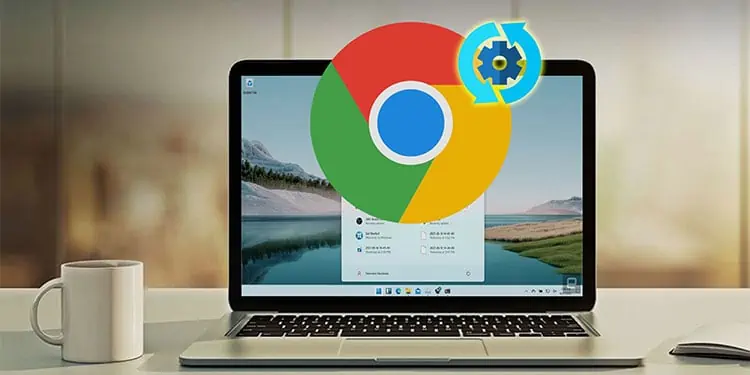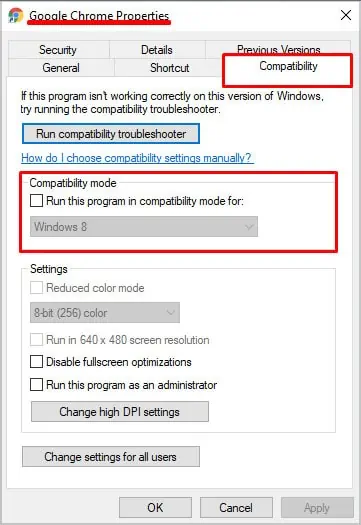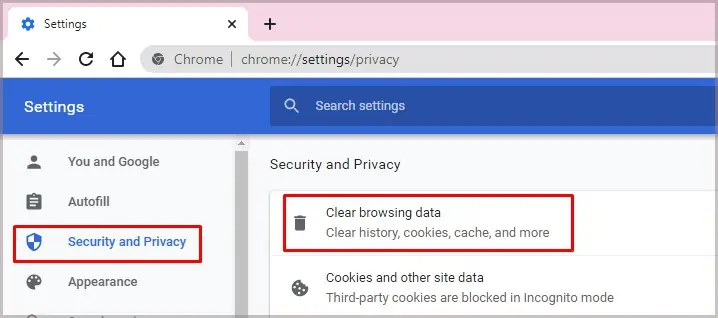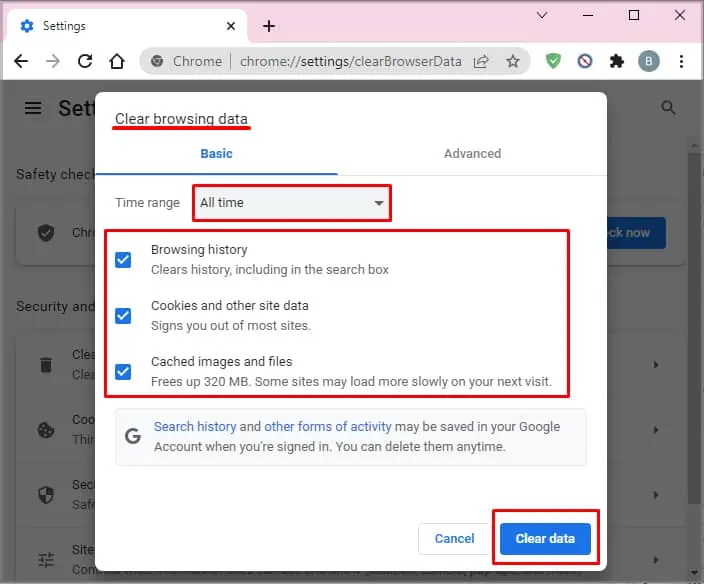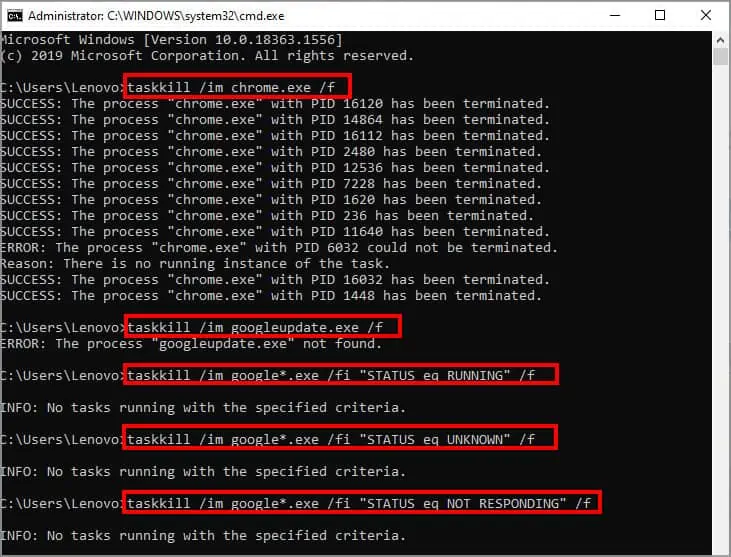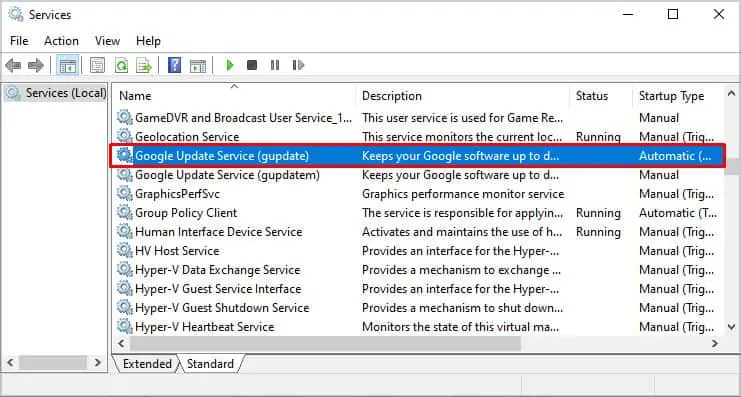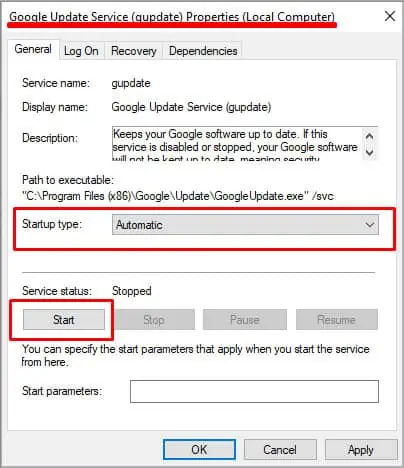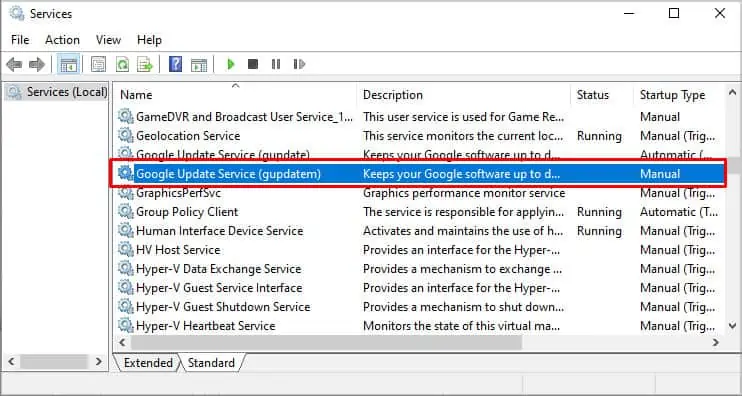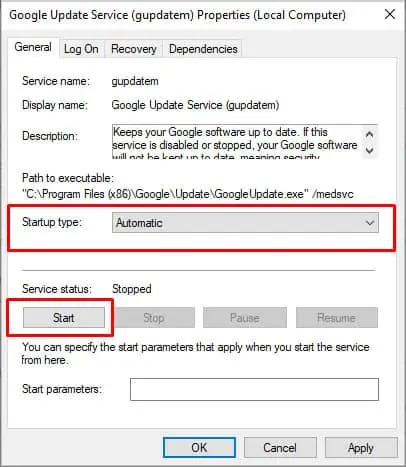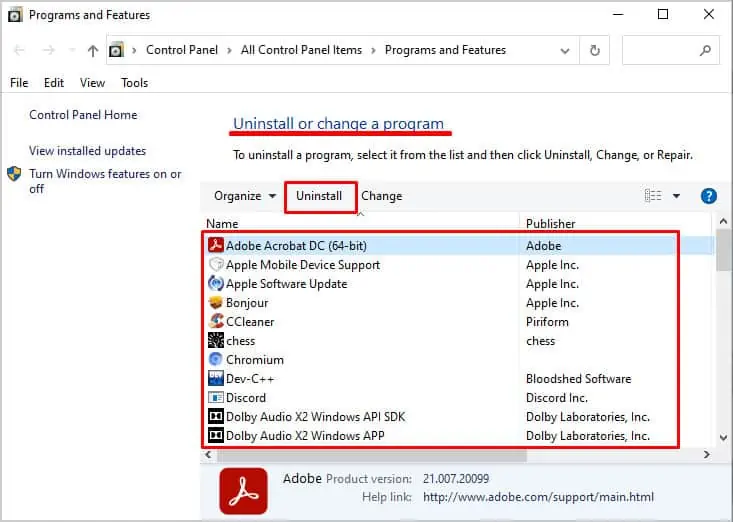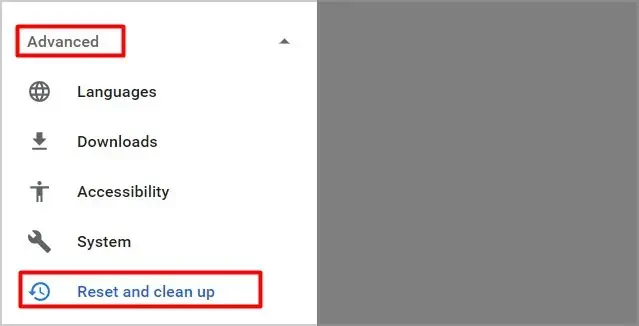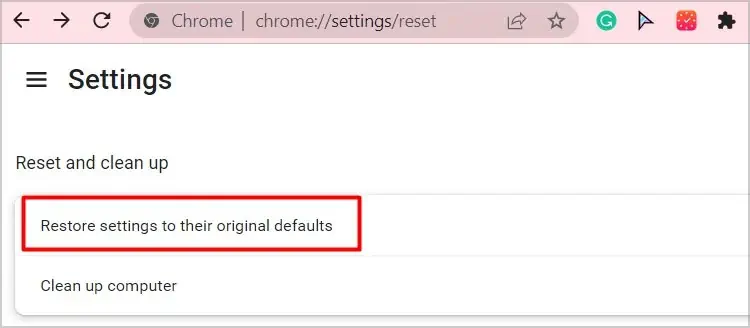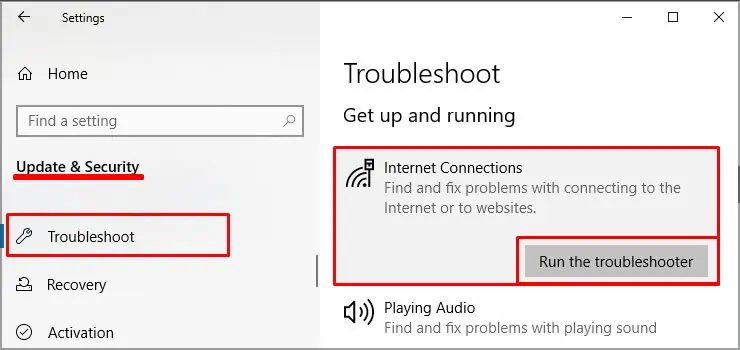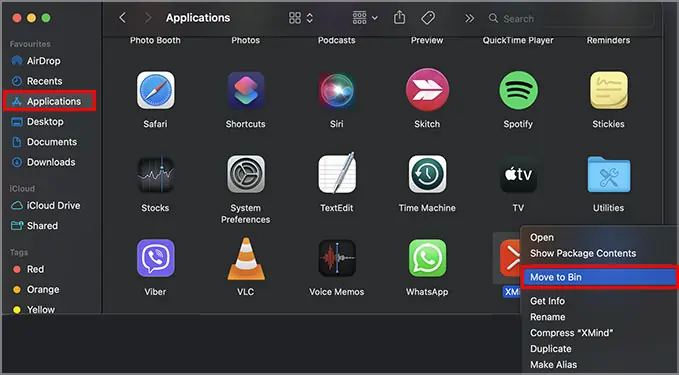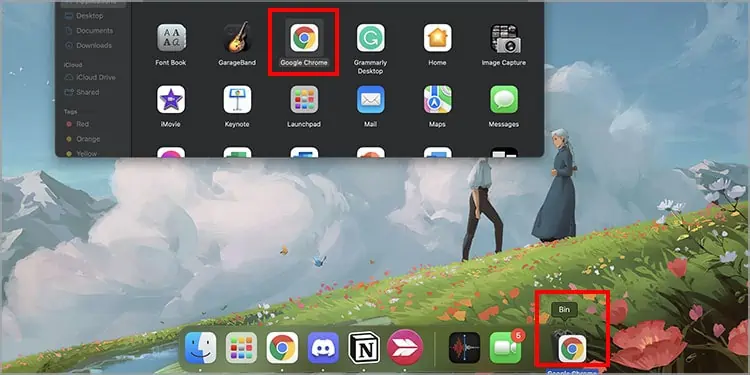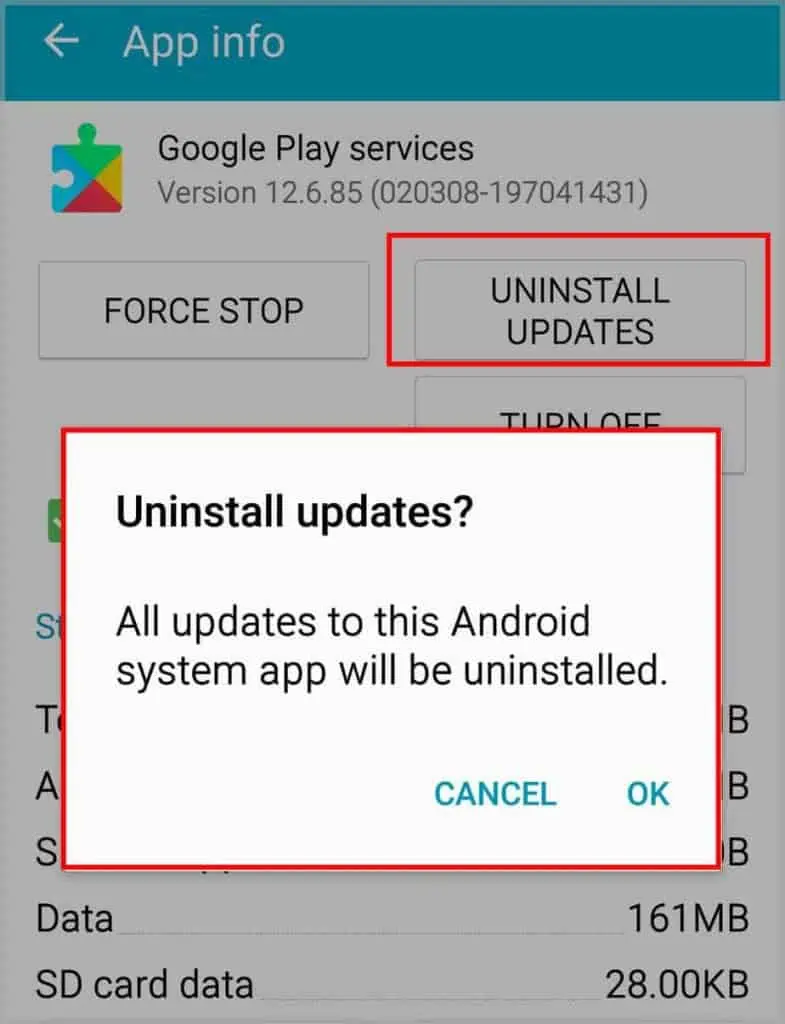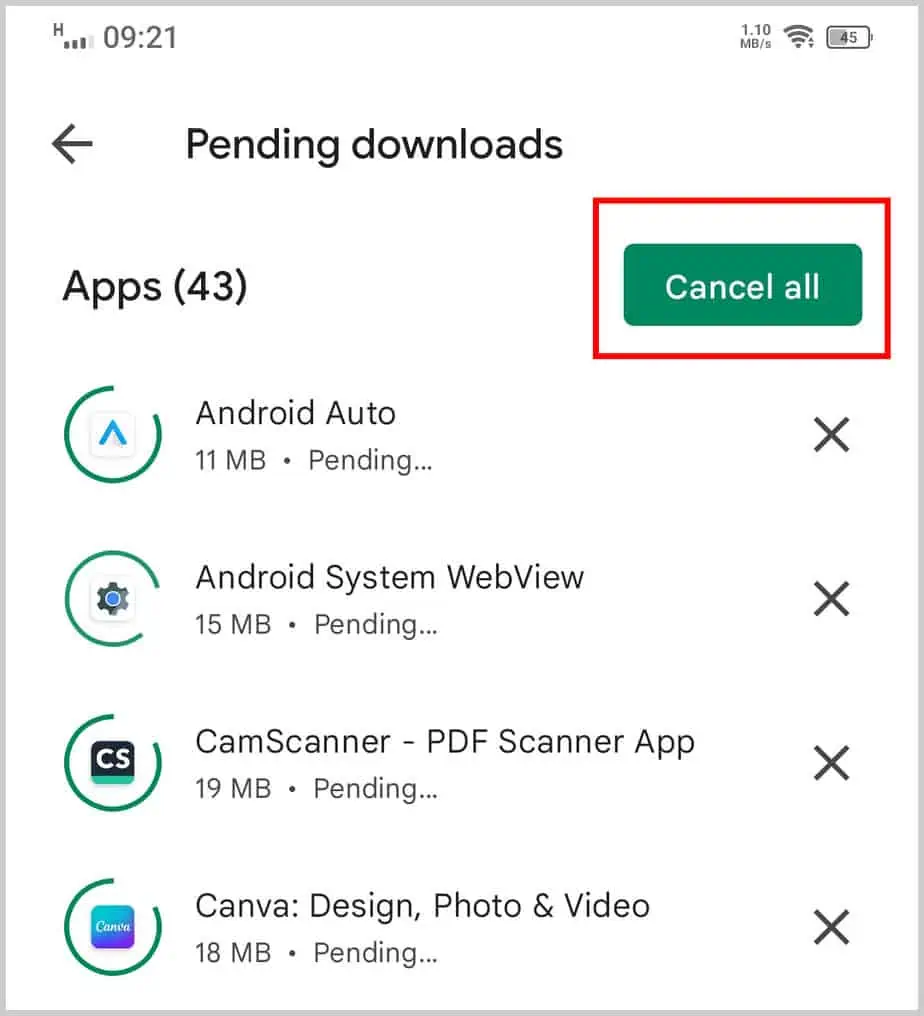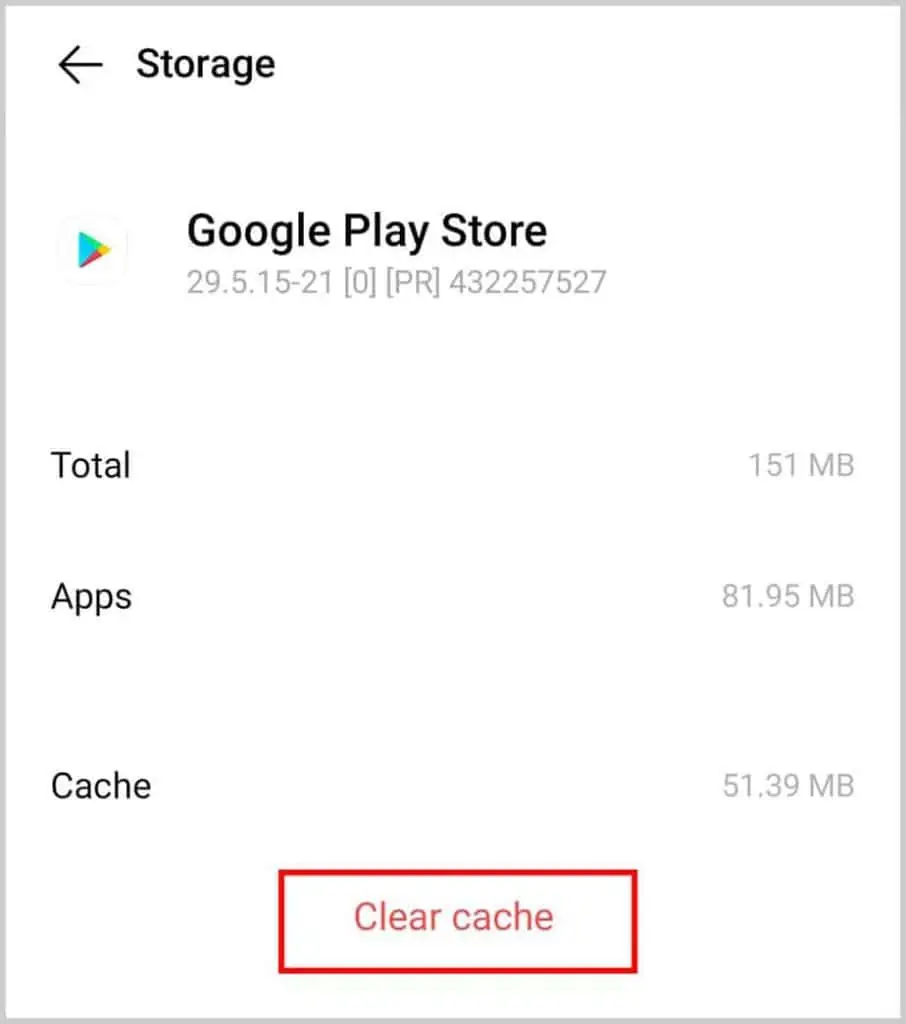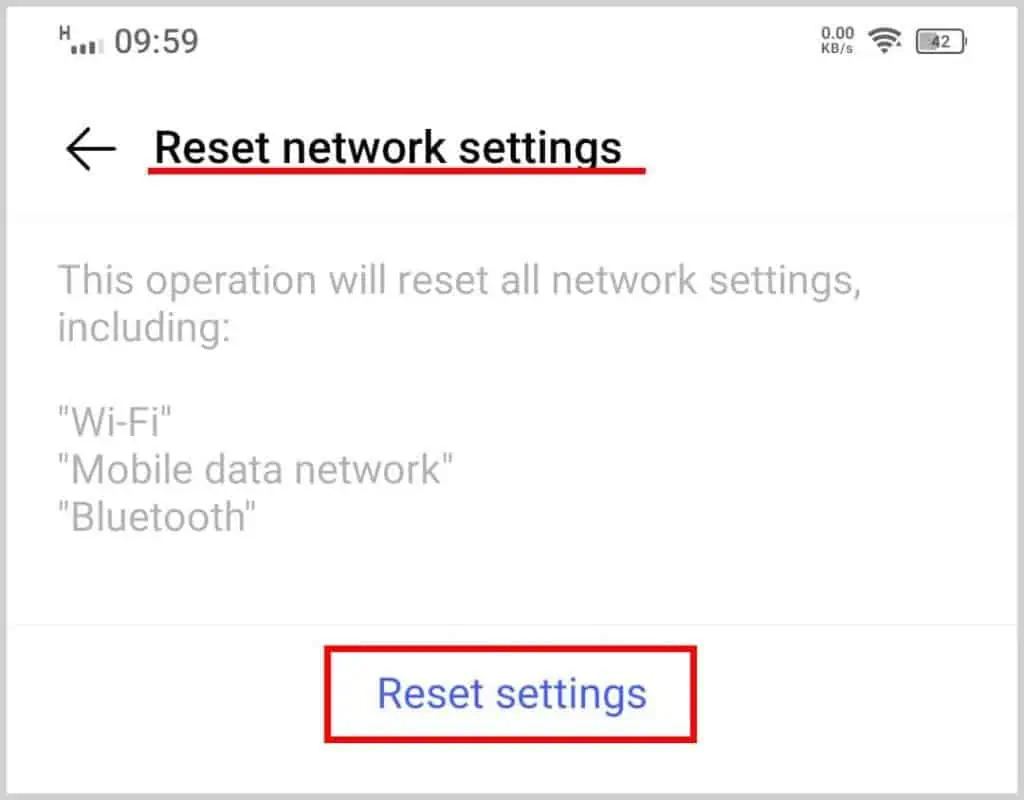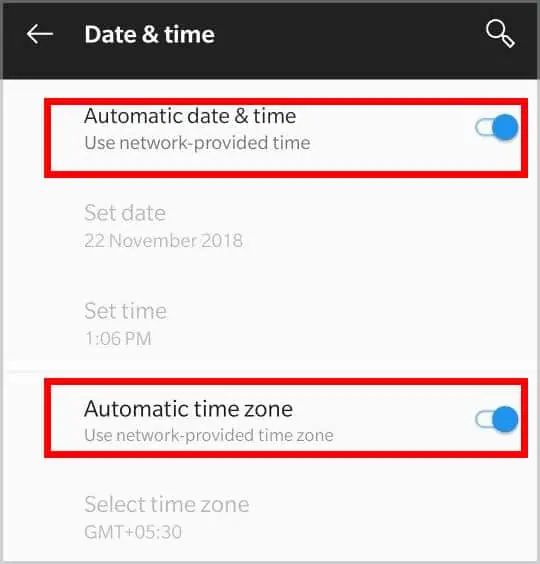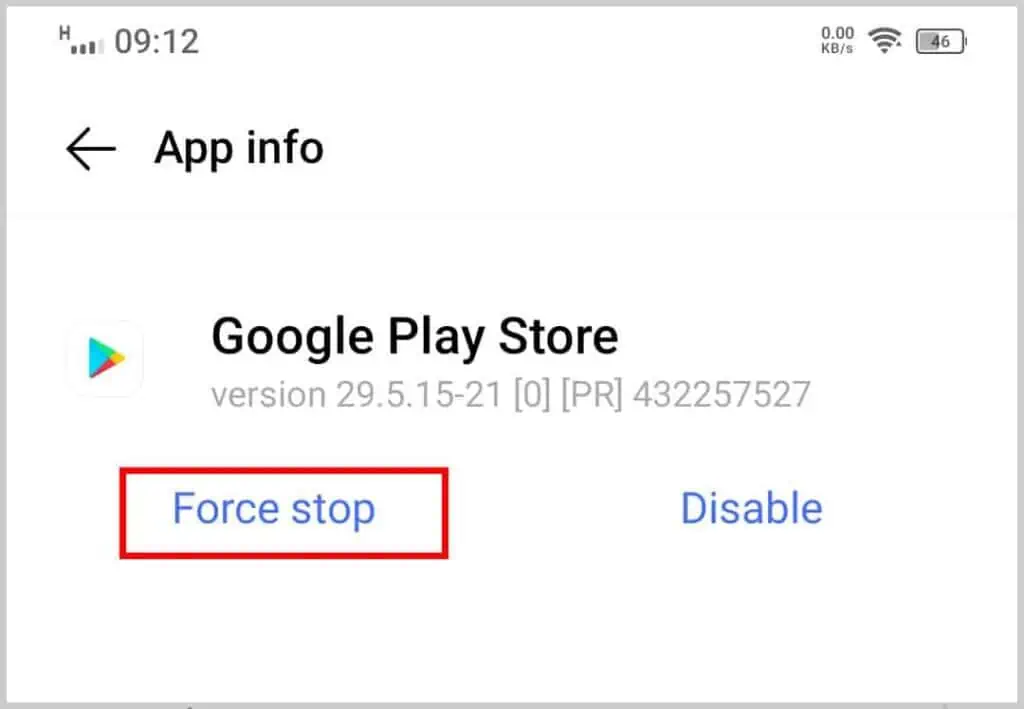A failed Google Chrome update may show an error like Error 0x80040902. If your Chrome fails to update even after constant tries, it can be due to many common reasons. It can be common bugs, viruses, or problematic antivirus software.
So, without further ado, let’s jump into the ways you can fix a failed Google Chrome update error.
Why Can’t I Update Google Chrome?
Let’s see some of the reasons you’re seeing a failed Google Chrome update.
- Your Chrome isn’t compatible with your OS.
- The internet connection is weak.
- Suspicious programs in your PC
- Bugs and potential viruses
- Corrupted files
- Faulty browser extensions
- Misconfiguration of Google Update Service
Alternatively, you might also see a specific reason if you visit the About Chrome page.
How to Fix Google Chrome Update Failed
Firstly, you can try some simple solutions, like restarting Chrome or rebooting your PC. If applying those fixes didn’t help get rid of the error, we can now move on to other fixes.
Turn Off Compatibility Mode
Chrome isn’t compatible with some platforms, like Windows XP, and Windows Vista. So, before we begin with the fixes, you can check if your PC is compatible with the new version of Google Chrome. This can save you a lot of time as well.
- Right-click on Google Chrome.
- Click on Properties.
- In the new window, click on Compatibility.
- Now, it’s important to make the box that says Run this program in compatibility mode for is unchecked.

- Click on Apply and OK.
Now you can try updating Chrome and see if it helped.
Flush DNS Cache
Sometimes Domain Name System (DNS) cache can prevent Chrome from being updated successfully. So, getting rid of the DNS cache files can help fix Chrome’s failed update. Here’s how you can do it:
- Hold down Win + X keys and access the Power User Menu.
- Click on Windows Powershell (Admin).
- Type the command “
ipconfig /flushdns” and hit Enter.
- Now, you will notice a confirmation message saying the DNS Resolver cache was flushed.
Additionally, you can also find the DNS cache that is stored on Chrome Browser. So, after following the steps above, please refer to the next steps to get rid of Host DNS cache:
- Enter this address in your Chrome’s URL address bar,
chrome://net-internals/#dns
- You can see a minimalistic page where you can see a few options. Click on the Clear host cache option.
Clear Browsing Data and Cookies
In some cases, your piled up browsing data and cookies can also play a role in a failed Google Chrome update. This is because the files can get corrupted and may invite bugs, causing problems within the browser. That’s why it’s important to clear them regularly. Here’s how you can do it:
- Go to Chrome Settings by clicking on the three dots in the top-right corner.
- Click on Security and Privacy.
- Select Clear browsing data.

- Here, you can choose what components to delete along with the time range.
- Once you’ve set your preferences, click on Clear data.

Taskkill Every Chrome Process
In some cases, the Chrome processes can get stuck, causing the update process to fail. This can also happen if you don’t properly shut down your PC. Nevertheless, you can fix this by ending all Chrome processes and then restarting Chrome.
- Close the Chrome browser and open the Run dialog box by holding down Win + R keys.
- Enter cmd in the box and click on OK.
- On Command Prompt, type the following command and Press Enter after each command:
taskkill /im chrome.exe /ftaskkill /im googleupdate.exe /ftaskkill /im google*.exe /fi “STATUS eq RUNNING” /ftaskkill /im google*.exe /fi “STATUS eq UNKNOWN” /ftaskkill /im google*.exe /fi “STATUS eq NOT RESPONDING” /f
- Restart Chrome.
Now, you can try updating Chrome and see if it helps.
Restart Google Update Services
Since a failed Chrome update can cause due to unknown bugs and glitches, reconfiguring the Google Update services can help. Here’s how you can do it:
- Hold down Win + R keys and open the Run box.
- Enter “
services.msc” and click on OK. - You’ll now notice a pop-up Services window.
- Find and double-click on Google Update Services (gupdate).

- Click on Startup type and select Automatic.

- Hit right-click and click on Start.
- Click on Apply and then OK.
- Now, just below that, double-click on Google Update Services (gupdatem).

- Again, enable Automatic on Startup type.
- Hit right-click and click on Start.

- Click on Apply and then OK.
Uninstall Unnecessary Programs
Any suspicious third-party apps can cause havoc on browsers as well. So, it’s always best to make sure you delete any unnecessary programs, like games or antivirus software that harms your PC. You can quickly uninstall multiple programs by following this method:
- Hold down Win + R keys to open the Run dialog box.
- Type, “
appwiz.cp” and press Enter. This will open the Programs and Features window. - Now, you can right-click and click on Uninstall on any program you don’t need anymore.

Reset Google Chrome
If no solutions are working, you can try resetting Google Chrome settings back to default. Doing this can help eliminate bugs. Here’s how you can reset Chrome:
- Open Settings by clicking on the three dots in the upper-right corner.
- Click on Advanced.
- Click on Reset and clean up.

- Then, click on Restore settings to their original defaults.

- Click on Reset settings.
Troubleshoot Internet Connection
It’s common for Chrome to fail while updating due to an unstable internet connection. So, here are a few ways to improve your internet speed. One easy way is to run the troubleshooter on your PC directly.
- Open Settings.
- Click on Update & Security.
- Click on Troubleshoot > Additional troubleshooters.
- Click on Internet Connections.
- Select Run the troubleshooter.

- Now, your PC will look for any issues and resolve them.
Finally, you can try other basic fixes like making sure your Windows OS is up-to-date. Additionally, you can also try using antivirus software to get rid of potential malware.
Reinstall Chrome
A failed Chrome update can also be due to unknown glitches. Sometimes, you can fix this by simply reinstalling Chrome as well. Here’s how you can do it:
- Uninstall the Chrome browser by searching it in the search bar and clicking on Uninstall.
- Use any other browser to search the Chrome download page.
- Click on Install anyway.
- Your Chrome will automatically start after the installation process is complete.
How to Fix Google Chrome Update Failed on Mac
Chrome is only compatible with certain versions of the macOS. So, if your macOS is 10.6, 10.7, or 10.8, Chrome will not work. If you have a different version, like OS X EI Capitan 10.11 or newer, you can follow these steps to fix Chrome update failed.
Uninstall Suspicious Software
Some programs or software you can’t recognize can be the cause behind a failed Chrome update on Mac. This is because such programs can have bugs or potential viruses, and can even change some settings on your Mac. So, it’s best to get rid of such software.
- Launch Finder.
- On the left side, click on Applications.
- Select any suspicious program and right-click on it.
- Click on Uninstall or Uninstaller.
- If you’re unable to see the Uninstall option, right click on the app and select Move to Bin.

We recommend getting rid of some programs, like Price Meter, BrowseFox, OneCall, or Consumer Input.
Uninstall and Reinstall Chrome
If your Chrome is still not updating, uninstalling and reinstalling it is an effective way to fix this. To uninstall Chrome, you can follow these steps:
- Right-click on Chrome at the bottom of your screen.
- Click on Quit.
- Click on Finder.
- Open the folder with the Chrome app.
- Drag the app to the Bin.

To reinstall Chrome, you can follow these steps:
- Go to the Chrome download page.
- Click on the file with the name “
googlechrome.dmg.” - Click on Chrome in the new window.
- You can now drag the Chrome app to the Applications folder.
- Launch Chrome.
- Launch Finder.
- From the sidebar, click on the Eject option that’s beside the Chrome app.
Besides these options, you can also try other solutions, like resetting Chrome, clearing Chrome cache files, and improving internet speed. You can refer to our detailed methods above.
How to Fix Google Chrome Update Failed on Android and iOS
Before we try other fixes, it’s a good idea to apply the basic ones first because it’ll save you a lot of time. So, restart your phone, use another Wi-Fi network, upgrade your data plan, change frequency, or even turn off Bluetooth. These methods have a good chance of fixing the failed update error.
If none of them work, we can now apply the below solutions:
Uninstall Play Store Updates
One of the effective ways to fix chrome update failed is by uninstalling any Play Store updates. Although you can’t uninstall Play Store, you can still uninstall its updates. Don’t worry as you won’t lose your app data.
- Go to Settings and open the list of your apps.
- Select Play Store.
- Tap on the three dots at the top-right corner.
- Tap on Uninstall updates.

Now, you’ll need to restart your phone. It’ll take several minutes for the Play Store to install its update automatically. Now, you can open it and try updating Chrome again.
Cancel Pending Downloads
You can’t download everything at once on the Play Store. If your Chrome is stuck on updating or not updating at all, chances are there’s already a list of apps that are being installed. So, to make the process faster, you can cancel all these downloads so that the Play Store will prioritize Chrome’s update.
- Tap on the profile icon on the Play Store home page.
- Tap on Manage apps & device.
- In the Overview tab, tap on Updates available. Here, you can see the list of pending apps.
- Now, tap on Cancel all.

Clear Cache Data
Although cache files are helpful in loading webpages faster, they can get corrupted and cause apps to crash or not update. So, it’s ideal to clear cache files regularly to fix minor bugs and glitches. We recommend clearing Play Store’s cache first.
- Close all apps and long-press on the Play Store app.
- Tap on the info option.
- Tap on Storage & Cache.
- Tap on the Clear Cache option.

If you’re an iPhone user, you can offload data from the app store. Although not exactly similar to clearing cache data, what offloading does is clear some generic app data.
- Go to Settings > General.
- Tap on iPhone Storage > select App Store.
- Tap on Offload App.
Reset Network Settings
If none of the solutions are working for you, it’s a good idea to reset your network settings. Here’s how you can do it.
- Go to Settings >System.
- Go to Reset and then select Reset Network Settings.

This is a good alternative if you do not want to factory reset your phone.
Resetting your network settings means the settings will revert to default. It’ll be as if you’re using a new phone. So, this trick can help if you’re having issues with your internet and aren’t able to update Chrome. This versatile setting covers all branches, like your Wi-Fi, VPN, Bluetooth, as well as your cellular data.
Change Date and Time Settings
This is a simple trick to solve Chrome not updating error. The date and time settings on your phone need to be right to properly install or update apps in the Play Store. So, you can check and change your date and time settings.
- Go to your phone’s Settings and then go to System.
- Select Date & time and slide the toggle to turn on Use network-provided time.
- Do the same for the other option that’s Use network-provided time zone.

Meanwhile, you may not need to perform this step for the App Store.
Force Close Play Store
If the above method isn’t working, you can even force close the Play Store app. This can be helpful if there are bugs within the Play Store, causing apps like Chrome to not update. Here’s how you can do it:
- Hold down the Play Store app logo and click on the info option.
- You’ll now see a new page with the option to Force Stop.

- Now, tap on the Open option to restart Play Store.
Find the Google Chrome app and tap on the Update option.

